Tamron Blogs
More Photo Tips | Video Gallery | Photo Gallery | Enewsletter sign-up
How to: Tamron Pro Tips For Photos of Birds in Flight
Whether you’re trying to depict a flock of snow geese descending upon a wildlife refuge, wrangle with the fast-moving wings of a hummingbird, or scratching your head on how to best capture the contrast of a bald eagle, taking pictures of birds in flight ranks among the more challenging photographic endeavors. But it’s also a highly satisfying one—there’s a reason many photographers become addicted to it—and by following some basic guidelines on camera settings, exposure, and composition, you, too, can add well-made photos to your avian portfolio. Here, our experts share their favorite tips on photographing our feathered friends once their talons leave the ground.
Tip #1) KNOW THE BEHAVIOR PATTERNS AND BIOLOGY OF YOUR SUBJECTS. It’s important to know the flight and nesting habits of the bird you’re photographing so you can predict where it may go, how fast it will fly, and what it may do.
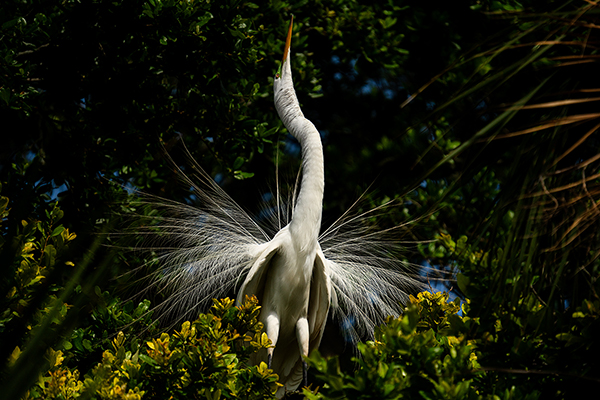
© Ken Hubbard
Click image to view larger
Tip #2) FREEZE THE ACTION. To do so, it’s important to maintain a shutter speed of at least 1/1200th of a second—ideally 1/1600th. While this number may vary, depending on how fast the bird is moving and your lighting conditions, having such a high shutter speed ensures the action will be completely frozen in every shot.
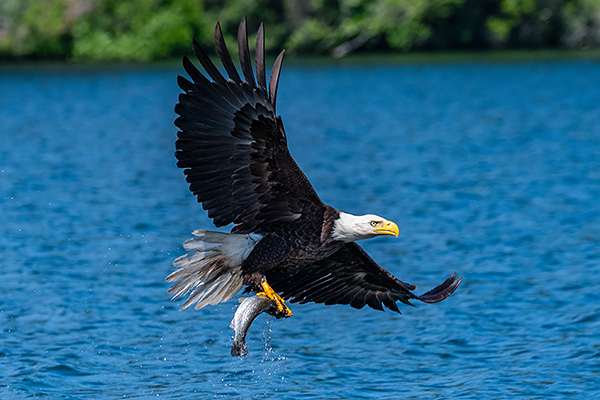
© David Akoubian
Click image to view larger
Tip #3) FOCUS BEFORE THE BIRD STARTS TO LAND. That way the bird is sharp, plus you get a more dynamic image, with its wings and feet outstretched.
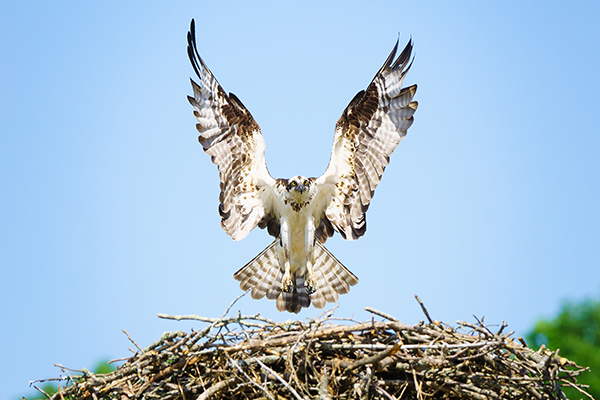
© Cecil Holmes
Click image to view larger
Tip #4) TURN ON AUTO ISO. This is one to ensure you’re using a fast-enough shutter speed. In Manual mode, simply set your shutter speed and aperture, and the camera will select the proper ISO for you. In Aperture Priority mode, you can set in the menus a minimum shutter speed of, say, 1/1250th of a second, then manually select your aperture. The camera will then select the ISO based on your aperture and the minimum shutter speed you selected in the menus. Auto ISO is especially helpful when you’re shooting in lighting conditions that are constantly changing.
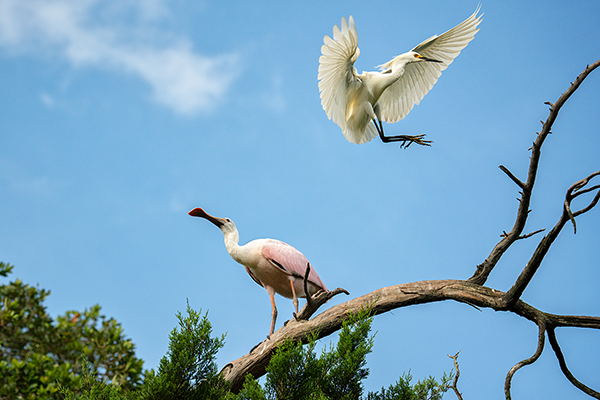
© Ken Hubbard
Click image to view larger
Tip #5) BE CAREFUL OF OVEREXPOSING. With bald eagles especially, you don’t want to blow out the whites of their heads. Birds like bald eagles are easier to photograph on overcast days or in areas that don’t get direct sunlight for this reason—it helps solve the contrast problem of photographing a dark bird with a white head. When shooting in Manual mode, take some preliminary photos in an area with consistent lighting, where you won’t have to worry about changing exposure values, to determine the best exposure so that you don’t lose any detail in the bird.
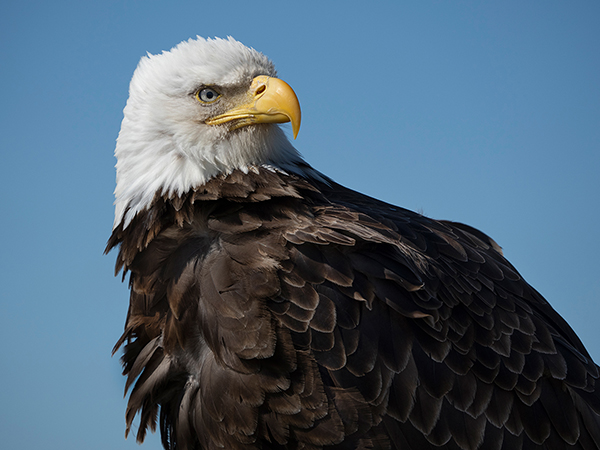
© Lisa Langell
Click image to view larger
More Photo Tips | Watch Videos | Learn More About Tamron Lenses | Photo Gallery